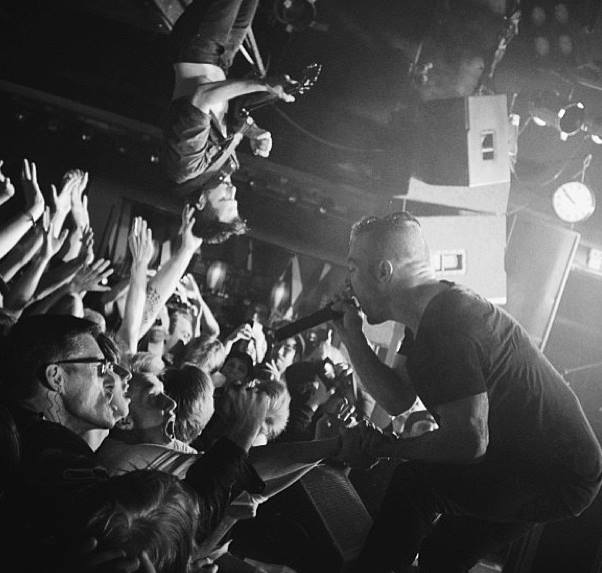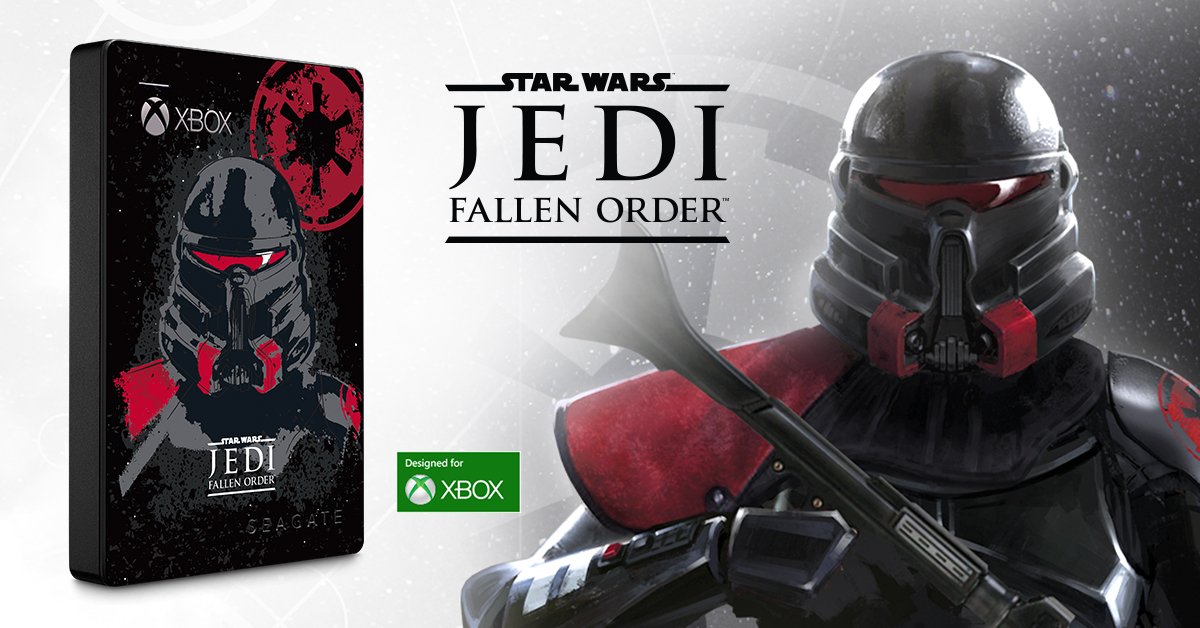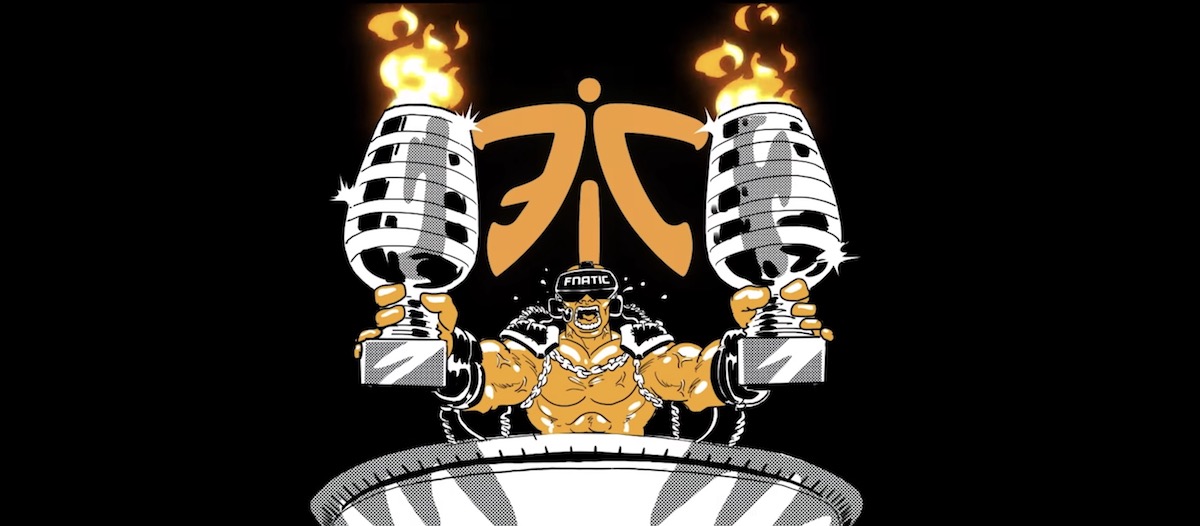 After five studio albums and countless tours around the globe, the Dillinger Escape Plan has earned much respect among fans and critics worldwide. With accomplishments such as coverage in mass media from the Rolling Stone to the New York Times, Billboard chart status, and performances on network television such as Late night with Conan O’Brien, the Dillinger Escape Plan is often named one of the most important bands to have immerged over the last decade.
After five studio albums and countless tours around the globe, the Dillinger Escape Plan has earned much respect among fans and critics worldwide. With accomplishments such as coverage in mass media from the Rolling Stone to the New York Times, Billboard chart status, and performances on network television such as Late night with Conan O’Brien, the Dillinger Escape Plan is often named one of the most important bands to have immerged over the last decade.
SeagateCreative: In addition to playing in Dillinger Escape Plan for years, you’re also working on a new project with Jon Theodore from Queens of the Stone Age and Brent from Mastadon. When you look for a collaborator to help on a project — a producer, engineer, co-songwriter, studio musician, or side player — what kind of person do you look for, and how do you hope they help in the creative process?
Dillinger Escape Plan: That’s a great question. I think ultimately, collaborating is all about growth. Some may find this hard to comprehend but, for a creative person, just sharing the process of creating is often the most difficult part. As hard as it sometimes is to let go of the reigns, I really feel like I learn something from everyone I make music with. With some it’s technique or tricks. Sometimes it’s inspiring to just hear stories about how my collaborators have dealt with the trials and tribulations of being in an active touring band. Often the growth comes from the reality of being forced out of your comfort zone and having to get your way out. But with a limited amount of time I really just try to commit to working with a hand full of people who I enjoy spending time with and that inspire me to want to spend my time off from Dillinger making music.
SeagateCreative: What’s your process in the studio? Walk us through the steps you took to record a favorite track. Any rules in the studio? What’s the one thing that’s forbidden?
Dillinger Escape Plan: My process has always been completely schizophrenic. Some of my songs start out on a piano and end up on a guitar or even just become the basis for some percussion. Some of it starts out by banging on a table on tour.
I was recently working on a song that was inspired by an overtone I heard backstage when we were on tour with the Deftones. I ended up humming something out and playing it on a piano a few days later. Then I ran it through a tweaked out arpeggiator and programmed a kick drum pattern that followed some of the accents that were being emphasized by the sequence. Then I had Billy Rymer (who plays in Dillinger) play drums over that but took the kick pedal off the drum kit so he was just playing along to the programmed kick.
That may end up finished at my home studio or could end up being mixed at another studio. I have no idea. It doesn’t matter – there’s more then one way to skin a cat.
SeagateCreative: Does Dillinger Escape Plans have any rules while in the studio? Is there anything that’s “forbidden?”
Dillinger Escape Plan: The only rules are that when something is supposed to sound like a human playing an instrument, it has to sound like a human playing an instrument. This whole idea now that good production means sounding computerized and fake annoys the $#!t out of me. Working with my friend and long time producer Steve Evetts, for as long as I have, really has kept me in check when it comes to the reality that there is no replacement for human energy and emotion when it comes to capturing music.
SeagateCreative: How do you use hard drives in the various projects you’re working on? Does the use vary depending on if you’re performing versus producing, etc.?
Dillinger Escape Plan: Technology is crucial in all of my projects because all of my collaborators live far away. Even when I go to an off site recording studio to make records, a good amount of legwork is down at home.
For the last Dillinger record, I had to put 4 TB of hard drives in a briefcase and carry them on the plane with me. It was insane to think about how much of my future literally was reliant on those drives. I remember thinking that I must have looked like I was carrying a human heart in that thing to some people because I was so protective with it. But in some ways I was. So much of my heart and soul was on those drives.
SeagateCreative: Which piece of gear is your favorite for sparking creativity and why?
Dillinger Escape Plan: Well probably the typical instruments are still the most inspiring when it comes to song writing. But the ability to capture those ideas so easily now creates an endless amount of possibilities. I think the best material comes from just jamming out things and then listening back and hearing things you didn’t even realize you were playing. I think true originality is really just a symptom of being able to recognize a happy accident when you make it and then intentionally add it to your arsenal.
SeagateCreative: How do you decide if an idea’s worth pursuing? Do you have a process for taking an idea to a finished form?
Dillinger Escape Plan: Well a lot of it starts out with just experimentation. With Dillinger it’s always equal part premeditation and then just going for it and seeing what comes out without too much thought. Then of course there is a lot of tweaking detail work once we know we are on to something. But I guess its the feeling we get when we hear it back or play it which tells us if an idea is worth perusing or not.
We tend to put more weight on how something makes us feel rather then how cleaver it is or what the intention was. It’s irrelevant if it doesn’t evoke emotions from us.
Be sure to follow Dillinger Escape Plan on these social channels:
Official Site
Twitter
Facebook








Leave A Comment